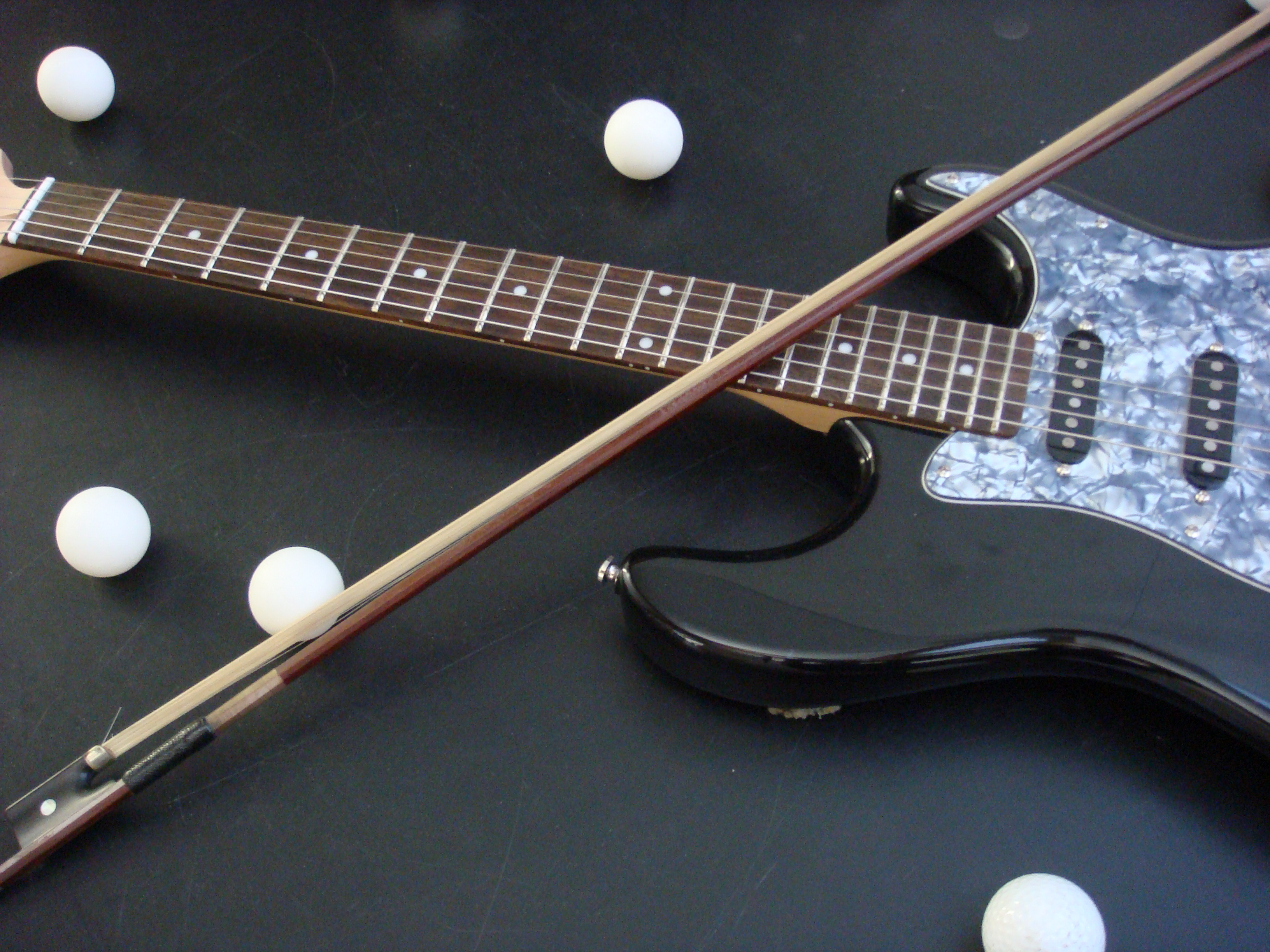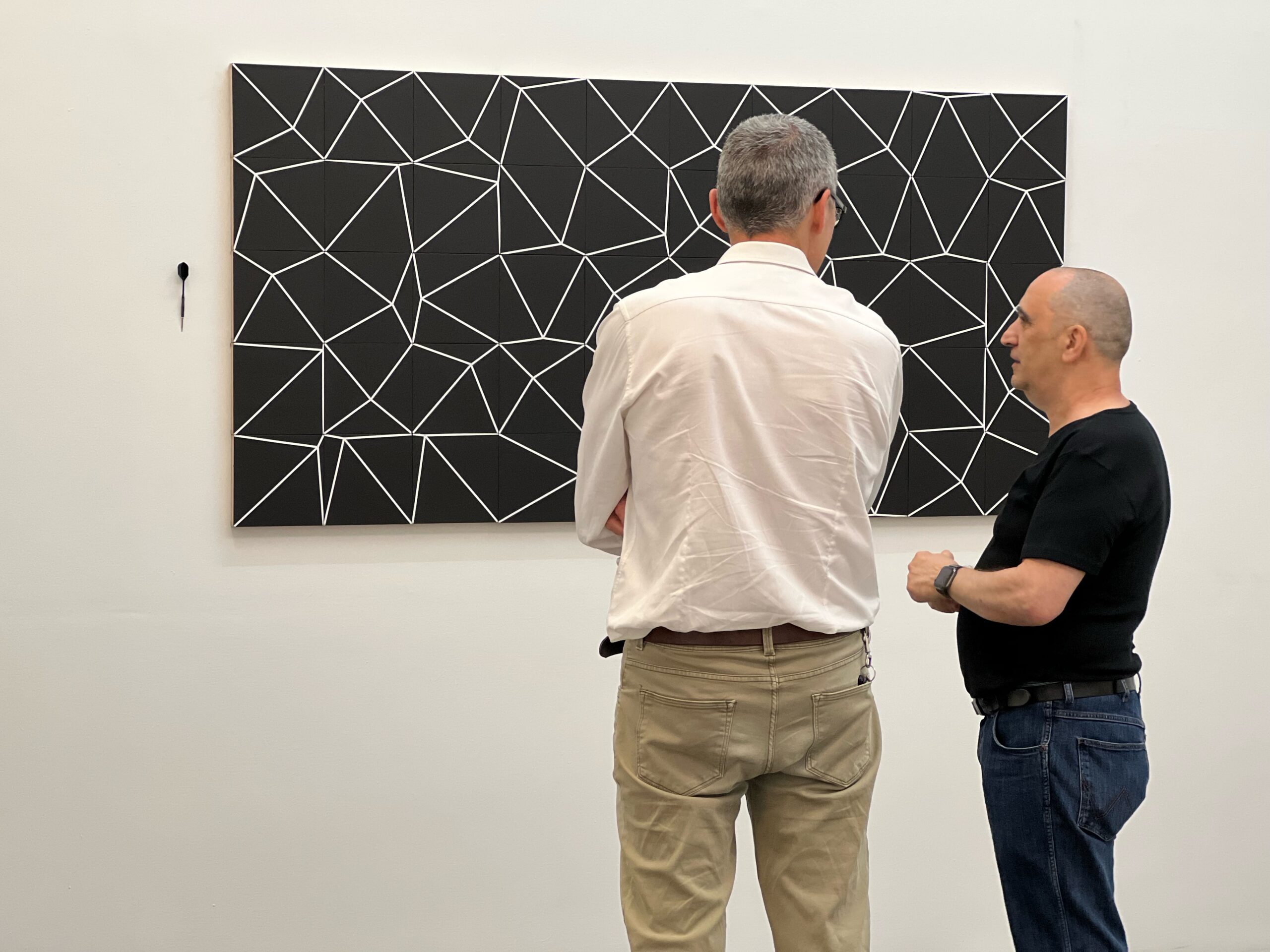audio
Test Blog 7
Am 7. 5. 2024 konnte ich ein Märchen im Altersheim dingsdiongs 9 Alten erzählen. sie waren begeistert....
den Artikel weiter lesen
Blog
Am 7. 5. 2024 konnte ich ein Märchen im Altersheim dingsdiongs 9 Alten erzählen. sie waren begeistert....
den Artikel weiter lesen
Um die Musik zu hören, klicken Sie auf den Link und öffnen Sie die Seite.g8breath on_airdescendant un escalierrocambolescoDas...
den Artikel weiter lesen

Tuttavia, perché voi intendiate da dove sia nato tutto questo errore, di quelli che incolpano il piacere ed...
den Artikel weiter lesen
